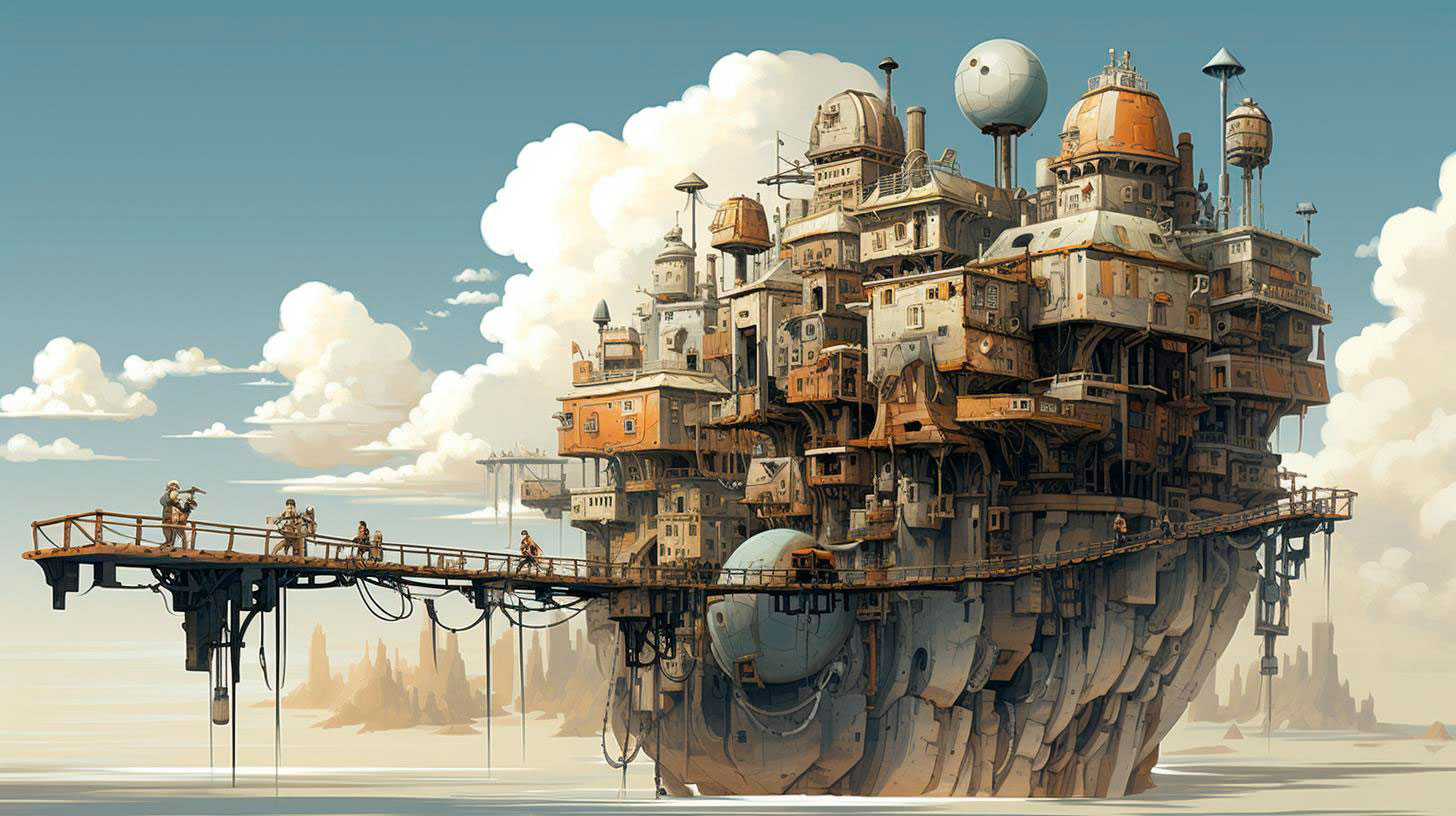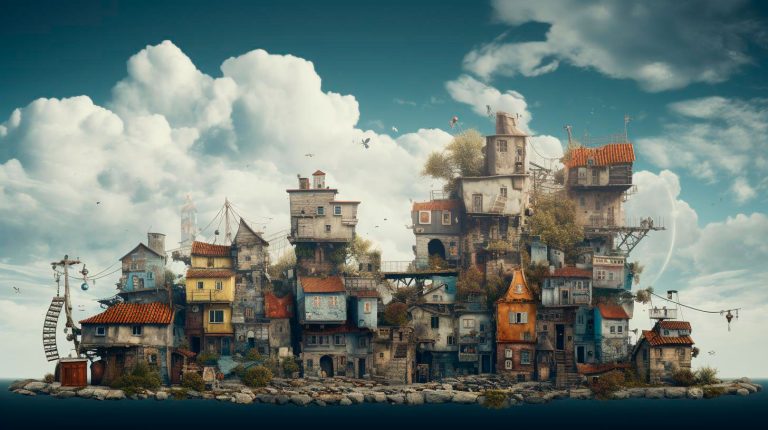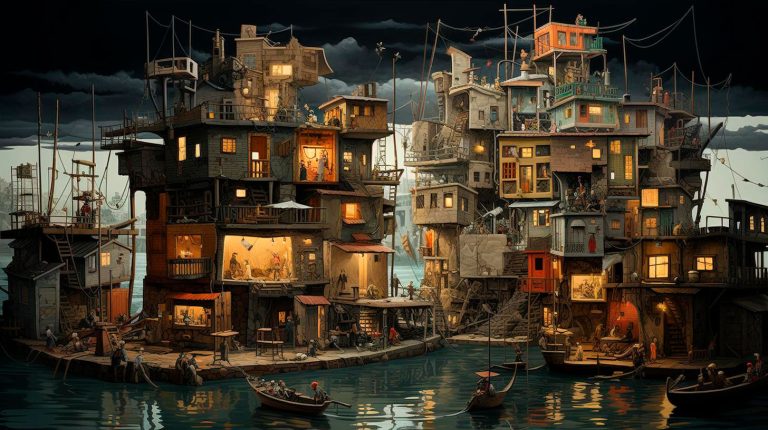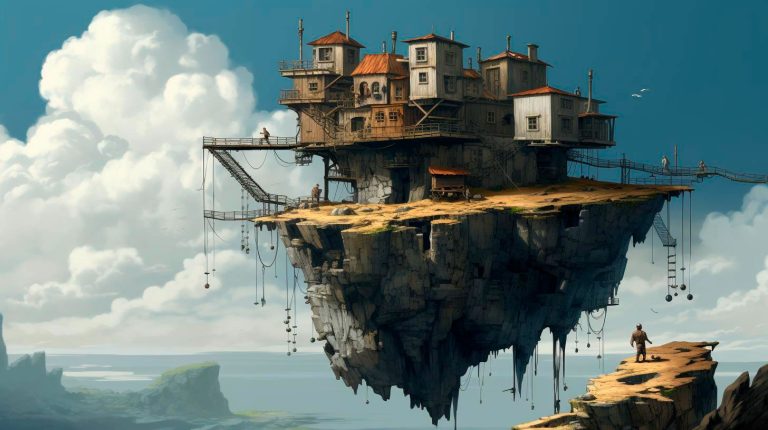Preserving Moments in Time
Photography allows us to freeze a moment and preserve it for future generations. It serves as a visual time capsule, providing us with a glimpse into the past. Through historical photographs, we can witness pivotal events, understand cultural changes, and explore the lives of people who came before us.
- Images offer valuable insights into our heritage and traditions.
- They capture the essence of an era, showing us how people dressed, worked, and interacted.
- Photographs provide evidence of historical facts and help us reconstruct past events accurately.
With the advancement of technology, we now have high-resolution cameras that capture intricate details, ensuring that even the smallest aspects of history are not lost in translation. This level of detail enables historians and researchers to analyze photographs meticulously, unearthing hidden stories and shedding light on forgotten events.
Documentation for Preservation
When documenting historical sites, artifacts, or architecture, photography plays a vital role. It allows us to create a comprehensive record of these important elements, ensuring their preservation even after they have decayed or been altered.
- Photographs provide an accurate record of historical sites before they undergo any changes.
- These images help in restoration processes, ensuring that structures are rebuilt accurately.
- Photography also assists in monitoring the condition of historical sites over time, allowing for timely interventions to prevent further deterioration.
For conservation efforts, photographs act as a reference point and aid in the meticulous reconstruction of artifacts or architecture. Historical photographs play a crucial role in preserving the authenticity and integrity of historical sites, ensuring that future generations can appreciate and learn from them.
Education and Historical Research
Photography has become an invaluable resource for education and historical research. It provides visual evidence that validates or challenges historical narratives. Instead of relying solely on written accounts, photographs offer a tangible connection to the past.
- Students can engage with history in a more interactive and immersive manner through historical photographs.
- Photographs act as visual aids, making historical subjects more relatable and accessible.
- They enable researchers to examine historical trends and patterns, drawing insights into societal, cultural, and technological changes.
Moreover, photography transcends language barriers, allowing individuals from diverse backgrounds to understand and appreciate history. It bridges gaps in knowledge, making history more inclusive and engaging for everyone.
Preserving Memories and Stories
Photographs have the power to evoke emotions and trigger memories. Personal photographs and family albums hold immense sentimental value and serve as a way to pass down stories from one generation to the next. These memories, when preserved and shared, contribute to the collective understanding of our history.
- Photographs capture cherished moments, preserving personal narratives within the broader historical context.
- They serve as a visual record of family histories, traditions, and cultural practices.
- Sharing these images ensures that the stories they hold are not forgotten or lost over time.
By documenting our personal stories through photography, we contribute to the overall tapestry of history, enriching our collective memory and understanding of the past.
In Conclusion
Photography has undoubtedly revolutionized historical preservation. Its ability to freeze moments in time, document historical sites, aid in education and research, and preserve personal stories has made it an essential tool for understanding our past. Through the power of photography, we can explore and appreciate the rich tapestry of history, ensuring that it remains alive for generations to come.



















+ There are no comments
Add yours